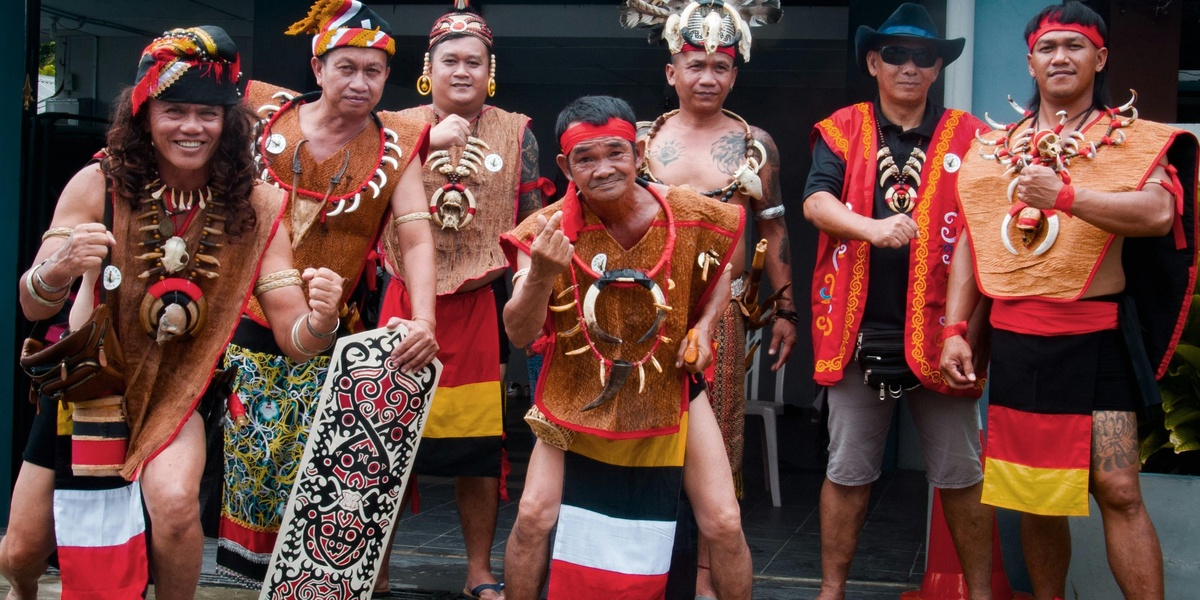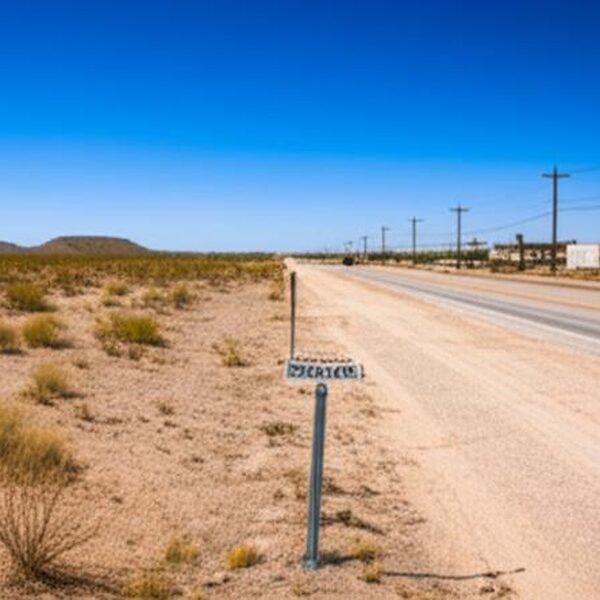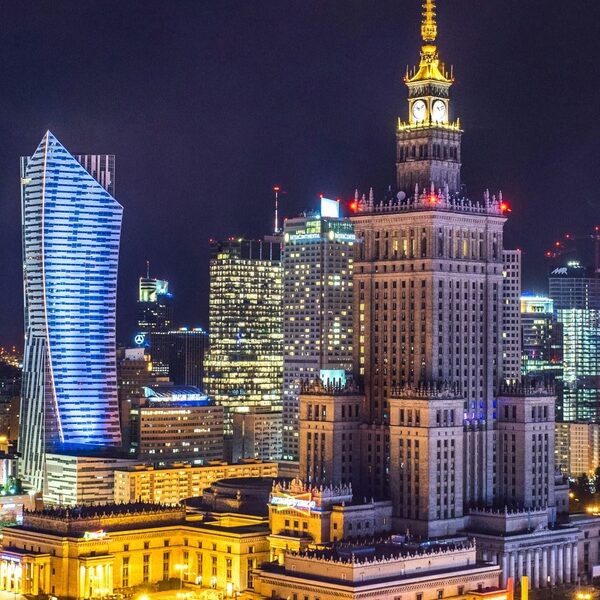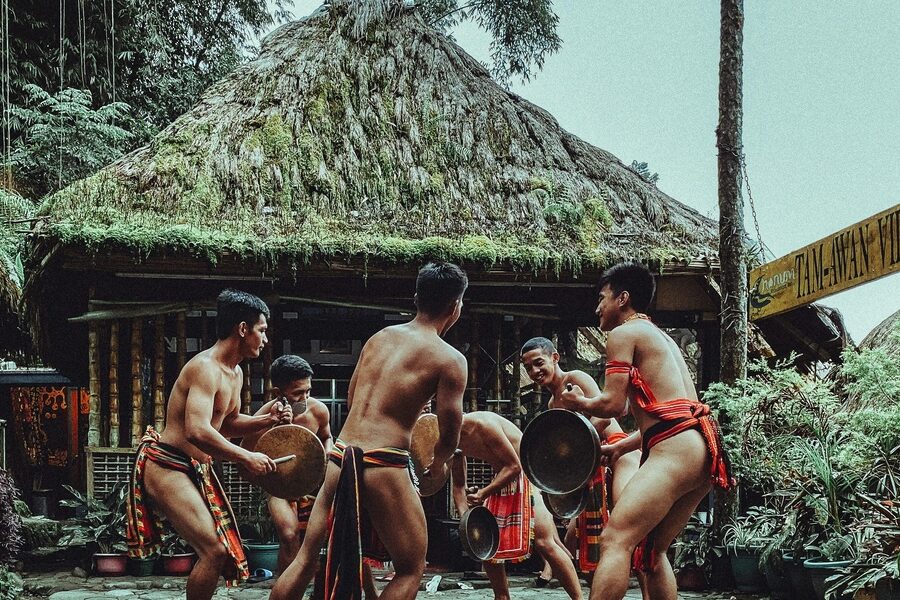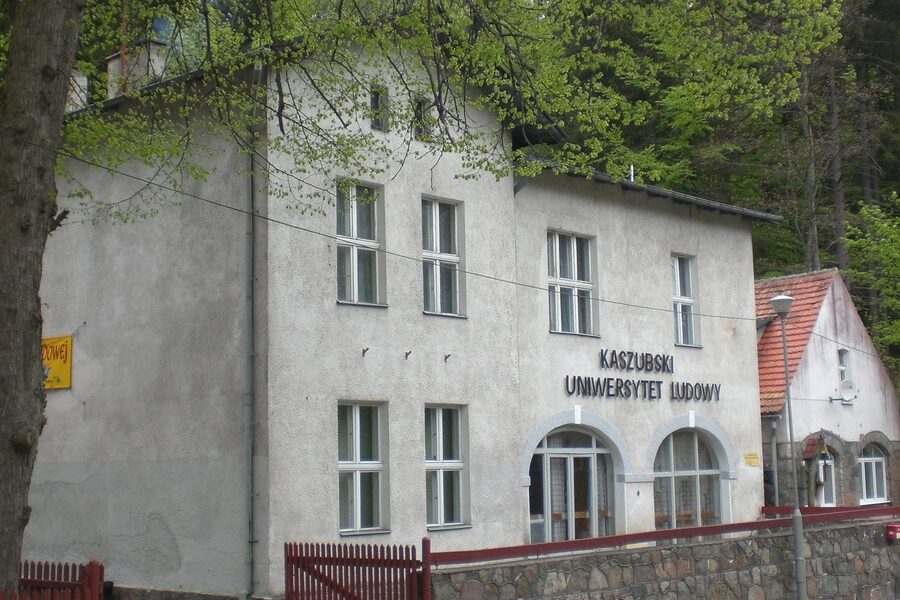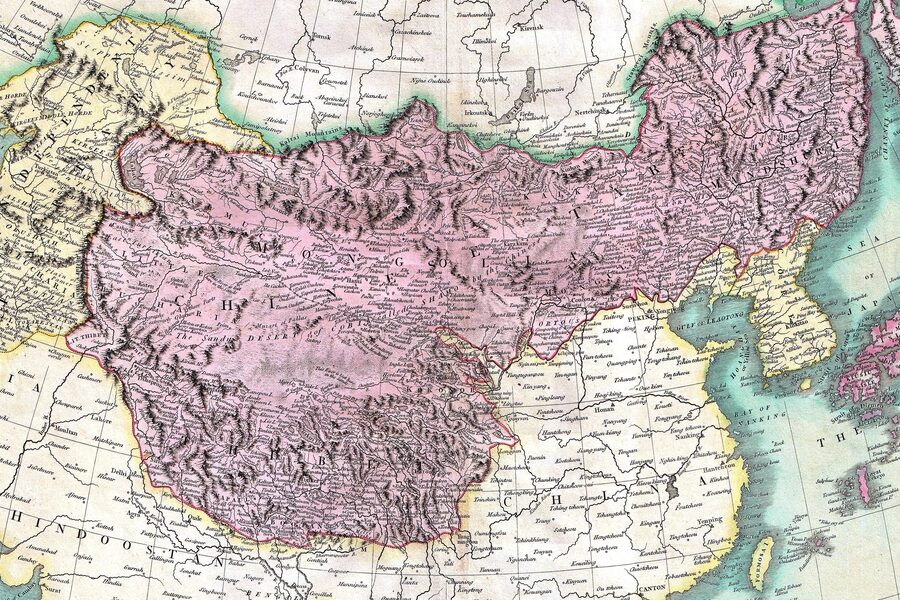The Philippines is renowned for its vibrant culture, stunning landscapes, and perhaps most strikingly, its incredible linguistic diversity. As an archipelago nation with a rich history, countless communities have developed and maintained unique ways of communicating, each language telling a part of the country’s profound story and heritage.
Delving into this linguistic tapestry, we present a comprehensive list of the Indigenous Languages in Philippines. This compilation features exactly 92 distinct languages, showcasing the vast spectrum from Agutaynen spoken in Palawan to Yogad in Isabela. For each entry, you’ll find below detailed information organized by Language Family, Primary Region, Number of Speakers, and Status, offering a clear overview of their current standing.
What defines an indigenous language in the Philippines?
In the Philippine context, an indigenous language typically refers to a language that has originated and evolved within the archipelago, passed down through generations by the native communities who speak it. These are distinct from languages introduced more recently through colonization or migration, such as Spanish or English, and often hold deep cultural and historical significance for the communities that speak them.
Are all these languages still actively spoken today?
While many of the 92 indigenous languages are indeed thriving with active speaker communities, some face varying degrees of endangerment. Factors like globalization, migration, and the dominance of major regional languages can impact their intergenerational transmission. This list provides the “Status” for each language, offering insight into its current vitality and the efforts being made towards preservation.
Indigenous Languages in Philippines
| Language Name | Language Family | Primary Region | Number of Speakers | Status |
|---|---|---|---|---|
| Cebuano | Austronesian (Central Philippine) | Visayas, Mindanao | 20,000,000 | Vibrant |
| Tagalog | Austronesian (Central Philippine) | Central & Southern Luzon | 28,000,000 | Vibrant |
| Ilocano | Austronesian (Northern Luzon) | Northern Luzon | 9,100,000 | Vibrant |
| Hiligaynon | Austronesian (Central Philippine) | Western Visayas | 9,200,000 | Vibrant |
| Waray | Austronesian (Central Philippine) | Eastern Visayas | 3,400,000 | Vibrant |
| Kapampangan | Austronesian (Central Luzon) | Central Luzon | 2,000,000 | Threatened |
| Bikol, Central | Austronesian (Central Philippine) | Bicol Region | 2,500,000 | Vibrant |
| Pangasinan | Austronesian (Northern Luzon) | Central Luzon | 1,800,000 | Threatened |
| Maranao | Austronesian (Southern Philippine) | Mindanao | 1,400,000 | Vibrant |
| Maguindanao | Austronesian (Southern Philippine) | Mindanao | 1,100,000 | Vibrant |
| Tausug | Austronesian (Central Philippine) | Sulu Archipelago | 1,100,000 | Vibrant |
| Aklanon | Austronesian (Central Philippine) | Western Visayas | 560,000 | Vibrant |
| Kinaray-a | Austronesian (Central Philippine) | Western Visayas | 600,000 | Vibrant |
| Ifugao | Austronesian (Northern Luzon) | Cordillera Administrative Region | 130,000 | Threatened |
| Kankanaey | Austronesian (Northern Luzon) | Cordillera Administrative Region | 240,000 | Threatened |
| Ibaloi | Austronesian (Northern Luzon) | Cordillera Administrative Region | 140,000 | Threatened |
| Kalinga | Austronesian (Northern Luzon) | Cordillera Administrative Region | 110,000 | Threatened |
| Ibanag | Austronesian (Northern Luzon) | Cagayan Valley | 277,000 | Threatened |
| Gaddang | Austronesian (Northern Luzon) | Cagayan Valley, Cordilleras | 30,000 | Endangered |
| Itawis | Austronesian (Northern Luzon) | Cagayan Valley | 189,000 | Threatened |
| Sambal | Austronesian (Central Luzon) | Zambales | 110,000 | Threatened |
| T’boli | Austronesian (Southern Philippine) | Mindanao | 95,000 | Threatened |
| Blaan | Austronesian (Southern Philippine) | Mindanao | 240,000 | Threatened |
| Mandaya | Austronesian (Eastern Mindanao) | Mindanao | 250,000 | Threatened |
| Manobo, Obo | Austronesian (Southern Philippine) | Mindanao | 17,000 | Threatened |
| Manobo, Agusan | Austronesian (Southern Philippine) | Mindanao | 60,000 | Threatened |
| Subanen, Central | Austronesian (Southern Philippine) | Mindanao | 140,000 | Threatened |
| Tiruray | Austronesian (Southern Philippine) | Mindanao | 60,000 | Threatened |
| Yakan | Austronesian (Sama-Bajaw) | Mindanao (Basilan) | 120,000 | Threatened |
| Sama, Central | Austronesian (Sama-Bajaw) | Sulu Archipelago | 100,000 | Threatened |
| Hanunoo | Austronesian (Central Philippine) | Mindoro | 13,000 | Threatened |
| Iraya | Austronesian (Northern Luzon) | Mindoro | 35,000 | Threatened |
| Alangan | Austronesian (Northern Luzon) | Mindoro | 14,000 | Threatened |
| Tagbanwa | Austronesian (Palawanic) | Palawan | 17,000 | Endangered |
| Palawano, Central | Austronesian (Palawanic) | Palawan | 14,000 | Threatened |
| Cuyonon | Austronesian (Central Philippine) | Palawan | 180,000 | Threatened |
| Agutaynen | Austronesian (Central Philippine) | Palawan | 15,000 | Threatened |
| Ivatan | Austronesian (Bashiic) | Batanes | 35,000 | Threatened |
| Yami (Tao) | Austronesian (Bashiic) | Batanes (Itbayat) | 1,000 | Critically Endangered |
| Surigaonon | Austronesian (Central Philippine) | Mindanao | 500,000 | Vibrant |
| Butuanon | Austronesian (Central Philippine) | Mindanao | 1,500 | Critically Endangered |
| Romblomanon | Austronesian (Central Philippine) | Romblon | 94,000 | Threatened |
| Masbatenyo | Austronesian (Central Philippine) | Masbate | 720,000 | Vibrant |
| Chavacano | Creole (Spanish-based) | Mindanao (Zamboanga), Luzon (Cavite) | 600,000 | Threatened |
| Isnég | Austronesian (Northern Luzon) | Cordillera Administrative Region | 30,000 | Threatened |
| Itneg, Binongan | Austronesian (Northern Luzon) | Cordillera Administrative Region | 7,500 | Endangered |
| Bontok | Austronesian (Northern Luzon) | Cordillera Administrative Region | 33,000 | Threatened |
| Ayta, Mag-indi | Austronesian (Central Luzon) | Zambales | 5,000 | Endangered |
| Ayta, Mag-antsi | Austronesian (Central Luzon) | Zambales, Tarlac | 8,200 | Endangered |
| Batak | Austronesian (Palawanic) | Palawan | 360 | Critically Endangered |
| Molbog | Austronesian (Palawanic) | Palawan, Balabac Island | 7,500 | Threatened |
| Jama Mapun | Austronesian (Sama-Bajaw) | Sulu Archipelago (Mapun) | 20,000 | Threatened |
| Sangir | Austronesian (Sangiric) | Mindanao (Davao del Sur) | 55,000 | Threatened |
| Kalagan | Austronesian (Southern Philippine) | Mindanao (Davao Region) | 70,000 | Threatened |
| Giangan (Bagobo) | Austronesian (Southern Philippine) | Mindanao (Davao City) | 58,000 | Threatened |
| Ata | Austronesian (Southern Philippine) | Mindanao (Davao Region) | 270 | Critically Endangered |
| Tigwa | Austronesian (Southern Philippine) | Mindanao | 5,000 | Endangered |
| Higaonon | Austronesian (Southern Philippine) | Mindanao | 30,000 | Threatened |
| Kamayo | Austronesian (Central Philippine) | Mindanao | 170,000 | Threatened |
| Mamanwa | Austronesian (Central Philippine) | Mindanao | 5,000 | Endangered |
| Mansaka | Austronesian (Eastern Mindanao) | Mindanao | 60,000 | Threatened |
| Karay-a | Austronesian (Central Philippine) | Western Visayas | 1,000,000 | Vibrant |
| Dibabawon | Austronesian (Southern Philippine) | Mindanao | 10,000 | Endangered |
| Matigsalug | Austronesian (Southern Philippine) | Mindanao | 30,000 | Threatened |
| Sarangani Manobo | Austronesian (Southern Philippine) | Mindanao | 58,000 | Threatened |
| Tagakaulo | Austronesian (Southern Philippine) | Mindanao | 70,000 | Threatened |
| Binukid | Austronesian (Southern Philippine) | Mindanao | 100,000 | Threatened |
| Calamian Tagbanwa | Austronesian (Calamian) | Palawan (Calamian Islands) | 10,000 | Endangered |
| Inabaknon | Austronesian (Sama-Bajaw) | Northern Samar | 26,000 | Threatened |
| Isinai | Austronesian (Northern Luzon) | Nueva Vizcaya | 6,800 | Endangered |
| I-wak | Austronesian (Northern Luzon) | Nueva Vizcaya, Benguet | 2,500 | Critically Endangered |
| Kallahan, Keley-i | Austronesian (Northern Luzon) | Ifugao, Nueva Vizcaya | 8,000 | Threatened |
| Paranan | Austronesian (Northern Luzon) | Isabela | 15,000 | Threatened |
| Tuwali | Austronesian (Northern Luzon) | Ifugao | 30,000 | Threatened |
| Yogad | Austronesian (Northern Luzon) | Isabela | 18,000 | Threatened |
| Atta, Pamplona | Austronesian (Northern Luzon) | Cagayan | 1,000 | Critically Endangered |
| Arta | Austronesian (Northern Luzon) | Quirino | 15 | Critically Endangered |
| Dupaningan Agta | Austronesian (Northern Luzon) | Cagayan, Isabela | 1,400 | Endangered |
| Casiguran Dumagat Agta | Austronesian (Northern Luzon) | Aurora | 600 | Endangered |
| Umiray Dumaget Agta | Austronesian (Northern Luzon) | Quezon, Aurora | 3,000 | Endangered |
| Bolinao | Austronesian (Central Luzon) | Pangasinan | 56,000 | Threatened |
| Bantoanon | Austronesian (Central Philippine) | Romblon | 75,000 | Threatened |
| Capiznon | Austronesian (Central Philippine) | Western Visayas | 730,000 | Vibrant |
| Porohanon | Austronesian (Central Philippine) | Cebu (Camotes Islands) | 23,000 | Threatened |
| Sorsoganon, Southern | Austronesian (Central Philippine) | Bicol Region | 85,000 | Threatened |
| Tboli | Austronesian (Southern Philippine) | Mindanao | 100,000 | Threatened |
| Iranun | Austronesian (Southern Philippine) | Mindanao | 241,000 | Vibrant |
| Kagayanen | Austronesian (Central Philippine) | Palawan (Cagayancillo) | 30,000 | Threatened |
| Sangil | Austronesian (Sangiric) | Mindanao | 7,000 | Endangered |
| Kalanguya | Austronesian (Northern Luzon) | Cordillera Administrative Region | 100,000 | Threatened |
| Ga’dang | Austronesian (Northern Luzon) | Mountain Province | 6,000 | Endangered |
| Tau’t Bato | Austronesian (Palawanic) | Palawan | 500 | Critically Endangered |
Images and Descriptions

Cebuano
The most widely spoken indigenous language, serving as a major lingua franca in the southern Philippines. It has a rich literary tradition and is central to the identity of the Cebuano people.
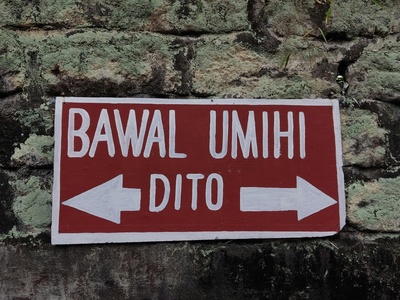
Tagalog
The language of the Tagalog people and the basis for the national language, Filipino. It is a cornerstone of Philippine culture, media, and education, with deep historical roots in the region surrounding Manila.

Ilocano
A prominent lingua franca in Northern Luzon, spoken by the resilient Ilocano people. It is known for its extensive literary history and has spread widely due to the migration patterns of its speakers.
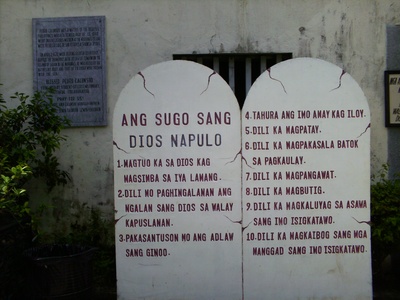
Hiligaynon
Known for its gentle, song-like intonation, earning it the nickname “Ilonggo.” It is the primary language of the Western Visayas region and is associated with the historical sugar industry and aristocratic culture.
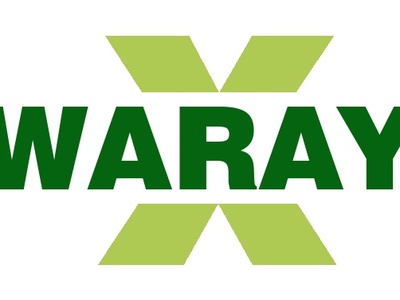
Waray
The main language of Samar and Leyte, islands known for their rugged beauty and historical significance. Waray is a tough-sounding language, reflecting the strong and resilient spirit of its speakers.
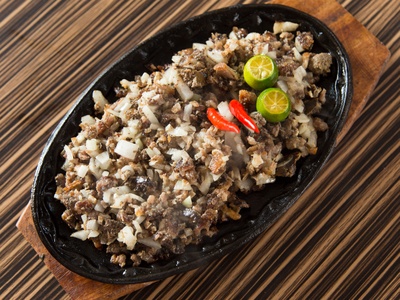
Kapampangan
Spoken in the province of Pampanga, the “Culinary Capital of the Philippines.” The language is known for its distinct phonology and is a source of immense pride and cultural identity for its people.
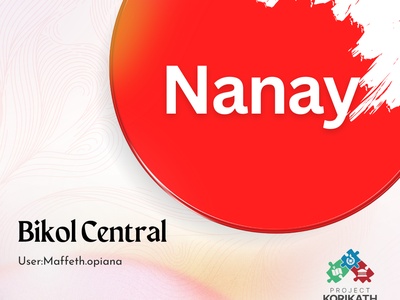
Bikol, Central
The lingua franca of the Bicol Peninsula, the land of the Mayon Volcano. The language is known for its many dialects and a rich vocabulary related to the region’s spicy cuisine and natural environment.
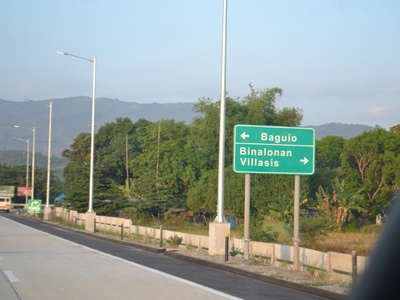
Pangasinan
The traditional language of Pangasinan province. Its speakers, historically known as salt-makers and fishers along the Lingayen Gulf, possess a unique cultural heritage reflected in their language.
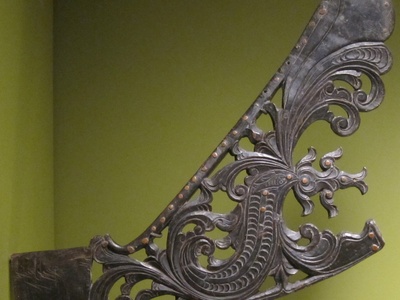
Maranao
The language of the Maranao people, the “people of the lake,” living around Lake Lanao. Their language is rich with terms related to their Islamic faith, epic literature (Darangen), and sophisticated art forms.
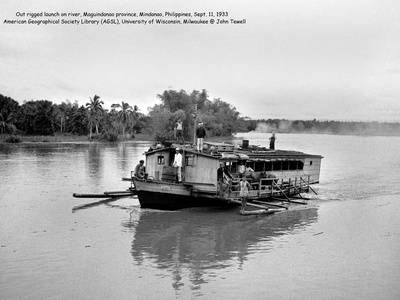
Maguindanao
Spoken by the Maguindanao people, the “people of the flood plains” of Cotabato. The language is closely tied to their history as a powerful sultanate and their vibrant musical tradition, particularly the kulintang ensemble.
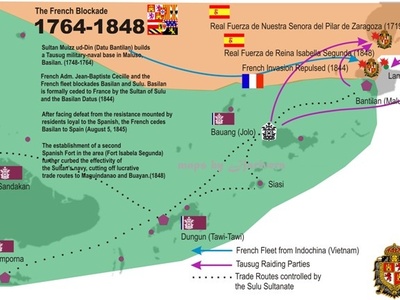
Tausug
The language of the Tausug people, historically a dominant maritime and warrior group in the Sulu Sea. It serves as the lingua franca of the Sulu Archipelago, reflecting their proud and independent cultural identity.
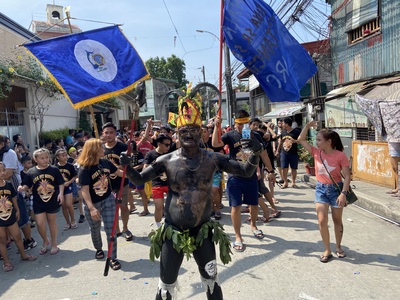
Aklanon
Spoken in Aklan province and famous for its distinct “ea” vowel sound. It is the language of the world-renowned Ati-Atihan Festival and reflects the vibrant culture of its speakers.
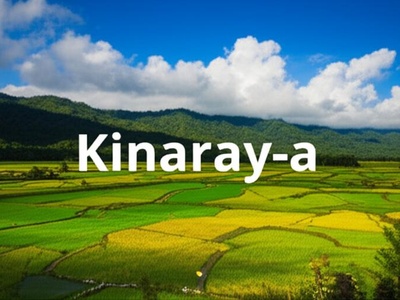
Kinaray-a
The language of Antique province and surrounding areas, considered one of the oldest Visayan languages. It is the language of many local epics and folklores, deeply rooted in the land and traditions of its people.
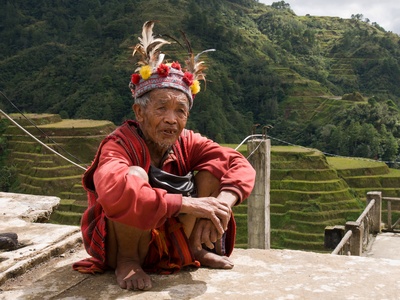
Ifugao
The language of the builders of the Banaue Rice Terraces. It has several distinct dialects and is the medium for the Hudhud chants, a UNESCO Intangible Cultural Heritage masterpiece.
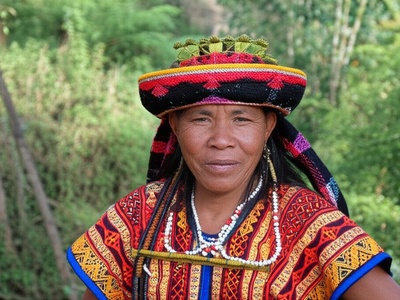
Kankanaey
Spoken by the Kankanaey people of the Mountain Province and Benguet. The language is central to their agricultural rituals and community life, shaped by the rugged terrain of the Cordillera mountains.
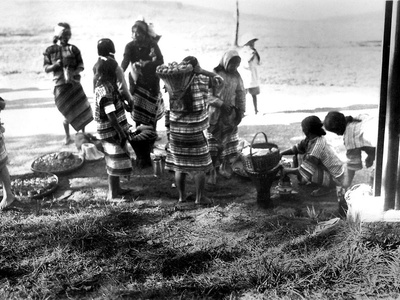
Ibaloi
The language of the Ibaloi people of Benguet, known for their mummification traditions and agricultural expertise. Their language is deeply connected to their lands and the practice of community feasts (cañao).
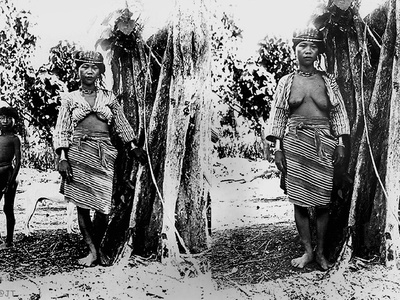
Kalinga
A macrolanguage with several distinct varieties spoken by the Kalinga people, who are renowned for their traditional tattooing and peace pacts (bodong). Their language reflects their proud warrior heritage and rich oral traditions.

Ibanag
The traditional language of the Ibanag people along the Cagayan River. It is known for its “hard” consonants and is fighting for survival against the encroachment of Ilocano and Filipino.
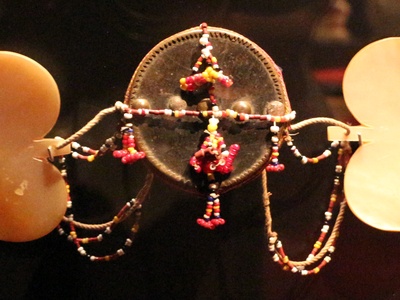
Gaddang
Spoken by the Gaddang people, this language is unique for its use of doubled consonants. Its speakers are known for their intricate beadwork and traditional clothing, which are deeply intertwined with their linguistic identity.
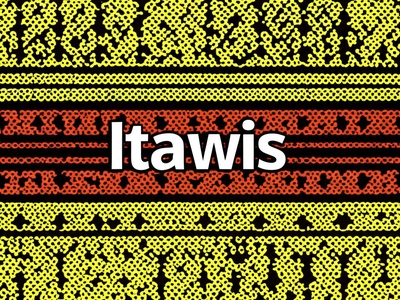
Itawis
The language of the Itawis people, closely related to Ibanag. Its name means “people of the other side of the river,” and it plays a vital role in preserving their unique cultural practices and traditions.

Sambal
The language of the Sambal people of Zambales. It has several dialects, and its preservation is a key focus for cultural advocates who see it as the soul of their pre-colonial heritage.
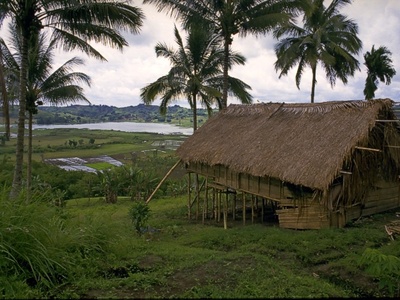
T’boli
The language of the T’boli “dreamweavers” of South Cotabato. It is rich in vocabulary related to nature, spirituality, and the intricate designs of their sacred T’nalak cloth, which are inspired by dreams.
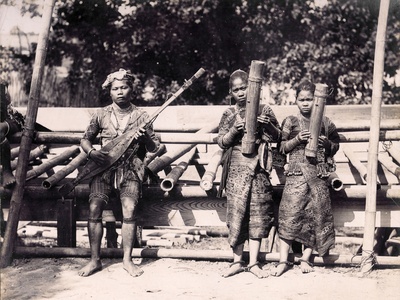
Blaan
Spoken by the Blaan people of Southern Mindanao. The language is integral to their rich cultural expressions, including their traditional clothing adorned with shells and beads, and their vibrant musical heritage.
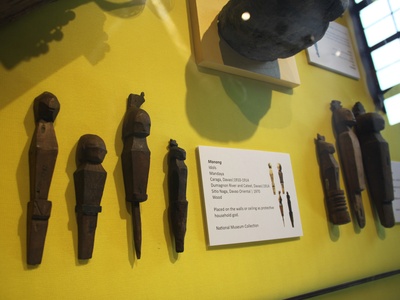
Mandaya
The language of the Mandaya people of Davao Oriental, known for their Dagmay weaving and silver-crafting. Their language holds their ancestral stories and deep spiritual connection to the natural world.

Manobo, Obo
Spoken by a Manobo subgroup around Mount Apo. The language is intrinsically linked to their ancestral domain and their role as guardians of the sacred mountain, containing deep ecological knowledge.
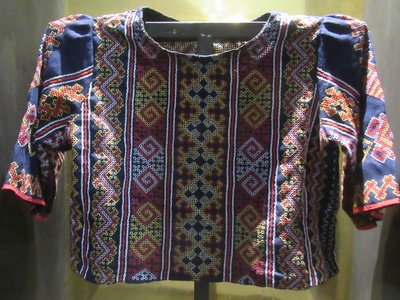
Manobo, Agusan
The language of the Agusan Manobo people living along the Agusan River basin. It is the vessel of their oral traditions, including the epic story of Tuwaang, which narrates the adventures of their cultural hero.
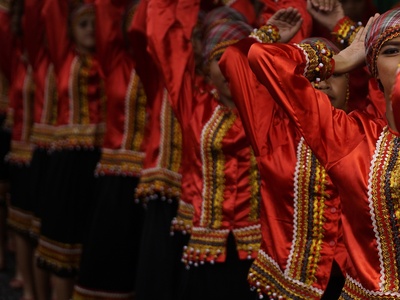
Subanen, Central
The language of the Subanen “river people” of the Zamboanga Peninsula. It is a key element of their identity as peaceful farmers and is used in their intricate rituals and ceremonies.
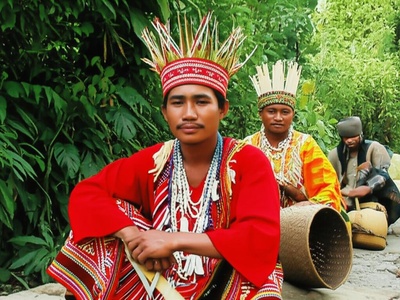
Tiruray
Spoken by the Tiruray people of Maguindanao. The language reflects their unique culture, known for skilled basketry and a complex spiritual belief system that balances the natural and supernatural worlds.
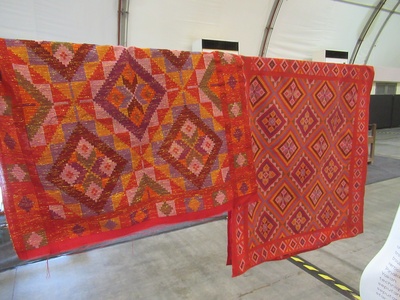
Yakan
The language of the Yakan people of Basilan, renowned for their intricate geometric weaving. Uniquely, they are a land-based people whose language belongs to the same family as their seafaring neighbors.
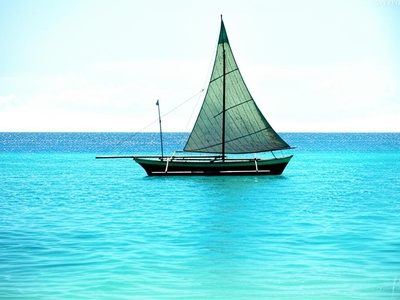
Sama, Central
A language of the Sama-Bajaw, or “Sea Gypsies.” It is a maritime language with a rich vocabulary for boats, fishing, and marine life, reflecting a life lived on the water.
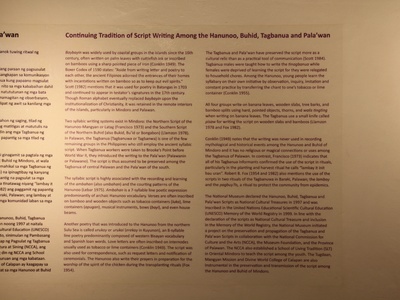
Hanunoo
Spoken by the Hanunoo Mangyan of Southern Mindoro. It is notable for being written in the indigenous Hanunoo script, a pre-colonial syllabary used to record their beautiful ambahan poetry.
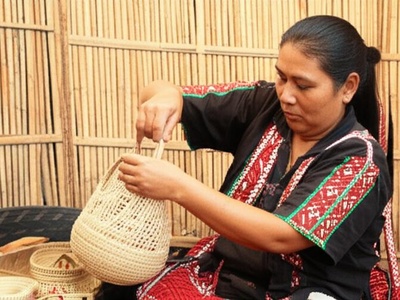
Iraya
The language of the Iraya Mangyan of Northern Mindoro. The Iraya are known for their nito basketry, and their language is the keeper of the stories and knowledge behind this intricate craft.
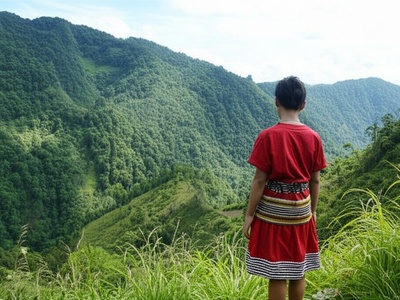
Alangan
Spoken by the Alangan Mangyan in central Mindoro. Their language is central to their communal way of life and their spiritual beliefs, which are deeply connected to the forests and mountains they inhabit.

Tagbanwa
The language of the Tagbanwa people in central and northern Palawan. It is one of the few languages still written in a native script and is vital for their rice wine ritual, the Pagdiwata.
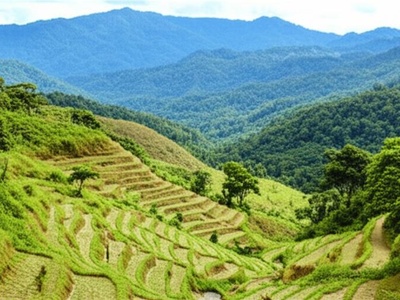
Palawano, Central
Spoken in the southern highlands of Palawan. The language is rich with terms for the local flora and fauna, reflecting the Palawano’s deep knowledge of their forest environment and their swidden agricultural practices.

Cuyonon
The traditional language of the Cuyo Islands and a historical lingua franca of Palawan. It has a rich heritage of folk songs and stories, reflecting its past as a major cultural hub in the region.
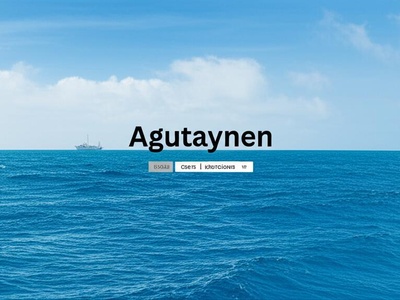
Agutaynen
The native language of the Agutaya and surrounding islands in the Cuyo Archipelago. Its speakers are traditionally skilled sailors and fishers, and their language reflects this deep connection to the sea.
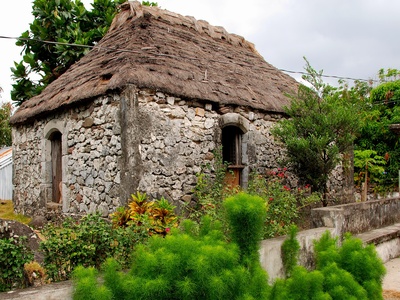
Ivatan
The language of the Batanes islands, the northernmost province of the Philippines. It is a unique language, sharing features with Taiwanese indigenous languages, and is adapted to the stormy weather of its homeland.

Yami (Tao)
Spoken on Itbayat island, this language is also spoken on Orchid Island, Taiwan. It showcases the ancient linguistic and cultural links between the peoples of the Philippines and Taiwan across the Bashi Channel.
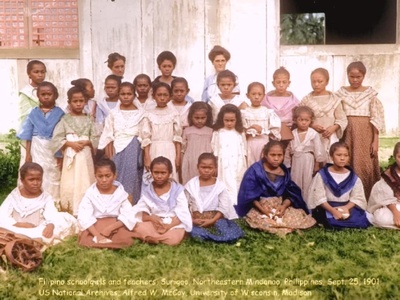
Surigaonon
A Visayan language spoken in Surigao del Norte and Surigao del Sur. It has unique phonetic features that distinguish it from its close relatives, Cebuano and Waray, reflecting the distinct identity of the region.

Butuanon
The original language of Butuan City, a site of ancient kingdoms. Once a major language, it is now on the brink of extinction, with preservation efforts underway to save this piece of historical heritage.
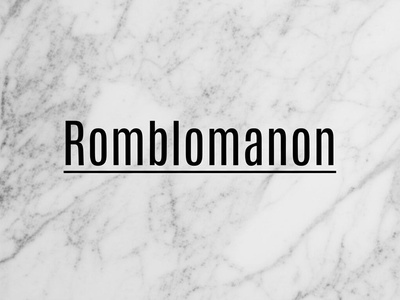
Romblomanon
The primary language of Romblon province, the “Marble Capital of the Philippines.” It is a Visayan language with unique phonetic characteristics that set it apart from its neighbors.
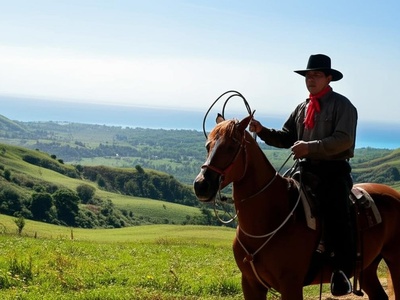
Masbatenyo
A Visayan language with strong influences from Bikolano and Hiligaynon, reflecting Masbate’s position as a crossroads of cultures. It is the heart of the province’s “rodeo country” identity.
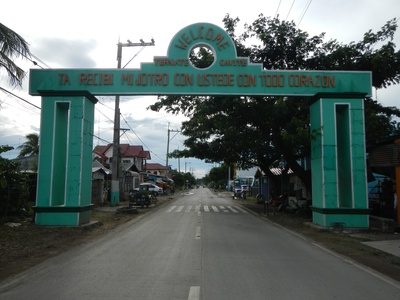
Chavacano
A unique Spanish-based creole language. It is a living testament to 300 years of Spanish colonial history, blending a Spanish vocabulary with a grammatical structure from Philippine languages.
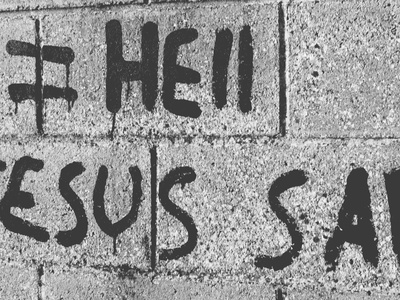
Isnég
Spoken by the Isnég people of Apayao province. Their language is deeply connected to the region’s river systems and their traditional animist beliefs, holding a wealth of ecological knowledge.
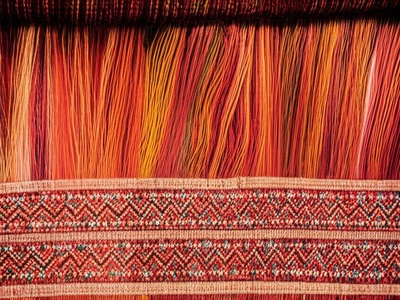
Itneg, Binongan
A language of the Itneg (or Tingguian) people of Abra. It is used in their traditional ceremonies and is essential for passing on their intricate weaving patterns and oral histories.
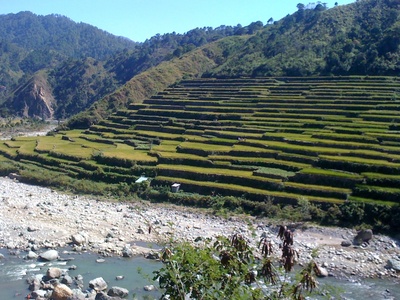
Bontok
The language of the Bontok people of the Mountain Province. It is central to their cultural identity, which includes their traditional stone-walled villages (ato) and renowned warrior history.
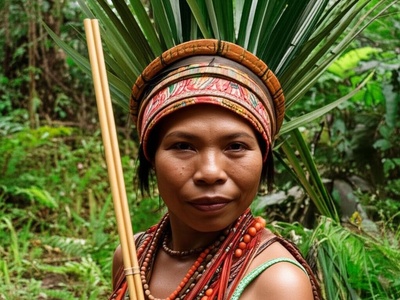
Ayta, Mag-indi
One of the languages spoken by the Aeta people, the indigenous hunter-gatherers of Luzon. This language is a vital repository of their extensive knowledge of the forest and their unique cultural worldview.
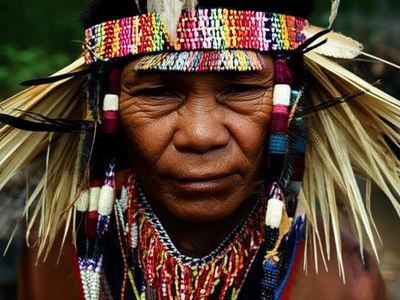
Ayta, Mag-antsi
Another distinct Aeta language. Its survival is threatened by displacement and assimilation, making its preservation critical for the continuation of the Mag-antsi Aeta’s unique heritage and identity.
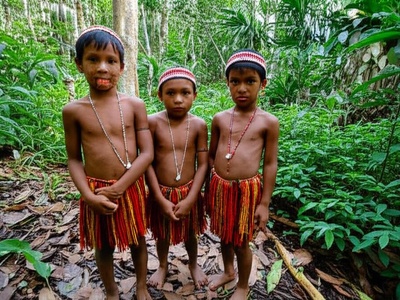
Batak
Spoken by the Batak, a semi-nomadic Negrito group in Palawan. Their language is severely endangered and holds the key to their unique spiritual traditions and deep connection to the forest.
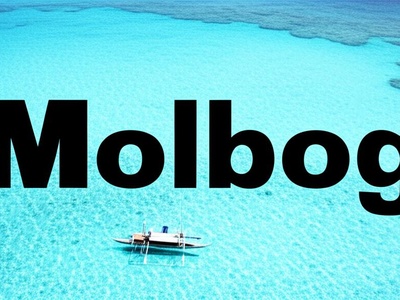
Molbog
The language of the Molbog people of Balabac Island, the southernmost tip of Palawan. It shows influence from Sama languages, reflecting their close ties to the sea and trade with neighboring islands.
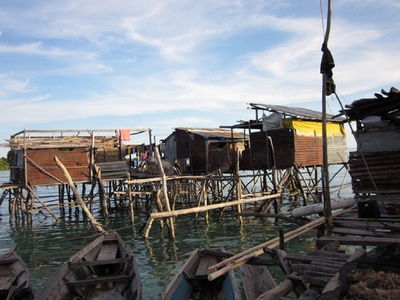
Jama Mapun
The language of the Jama Mapun people of Cagayan de Sulu. It reflects a unique culture that blends the seafaring traditions of the Sama with a land-based agricultural lifestyle.
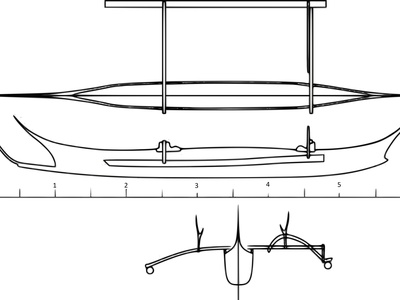
Sangir
Spoken on the Sarangani and Balut islands, this language has its roots in the Sangir Islands of Indonesia. It represents a history of migration and trade across the Celebes Sea.
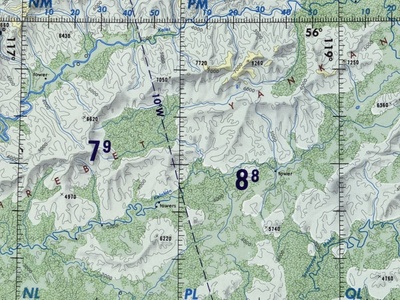
Kalagan
Spoken by the Islamized Kalagan people along the shores of the Davao Gulf. Their language is closely related to Maguindanao and is a marker of their distinct identity as a coastal Muslim community.
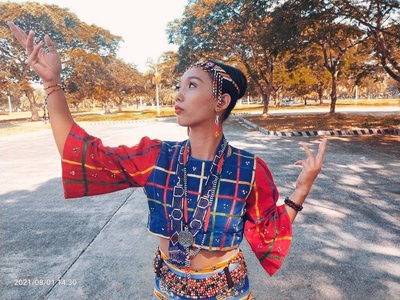
Giangan (Bagobo)
The language of the Bagobo Tagabawa people living on the slopes of Mount Apo. Their language is rich in terms related to their traditional abaca weaving and intricate beadwork.
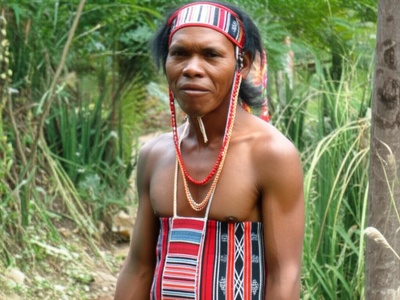
Ata
A severely endangered language of a Manobo subgroup in the Davao region. The language is on the verge of disappearing, and with it, the unique cultural knowledge of the Ata people.
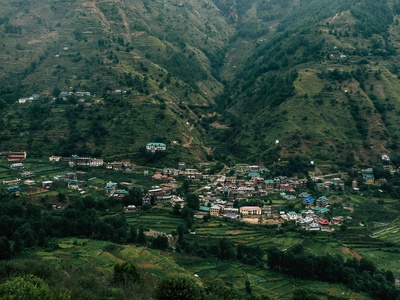
Tigwa
A Manobo language spoken in Bukidnon. Its speakers possess a rich oral tradition of stories and songs that express their deep spiritual and cultural connection to their ancestral lands.
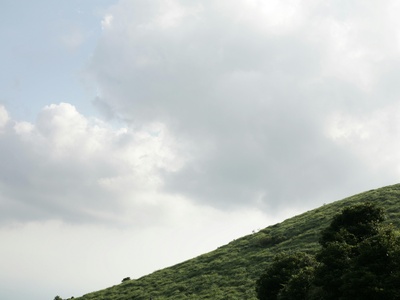
Higaonon
The language of the Higaonon people, a nomadic group in north-central Mindanao. Their name means “people of the living mountains,” and their language is filled with the wisdom of the forest.

Kamayo
Spoken in parts of Surigao del Sur. It is part of the rich linguistic tapestry of eastern Mindanao, coexisting with and influencing other languages in the region.
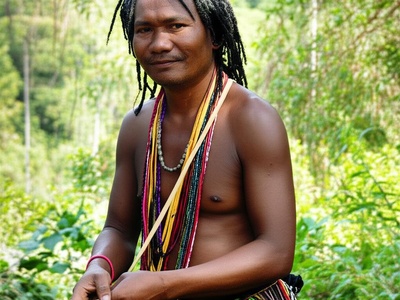
Mamanwa
The language of the Mamanwa, a Negrito group in northeastern Mindanao. It is unique among Philippine Negrito languages for not being classified within the Central Luzon family, hinting at a distinct migration history.
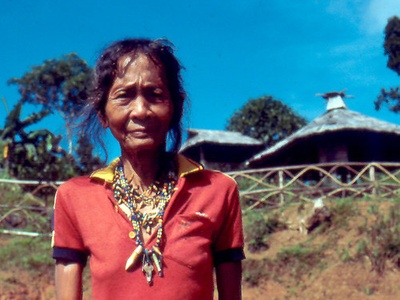
Mansaka
Spoken by the Mansaka people of the Davao de Oro valleys. They are known for their striking traditional costumes and jewelry, and their language is central to their identity and customs.

Karay-a
A major language of Panay Island, particularly in Antique. It’s considered a language of the ‘epics’ and oral traditions, holding the rich folklore of the region. Distinct from Kinaray-a, though often used interchangeably.

Dibabawon
A Manobo language spoken in Davao de Oro. The preservation of the Dibabawon language is crucial for maintaining the unique cultural identity and oral traditions of its speakers.
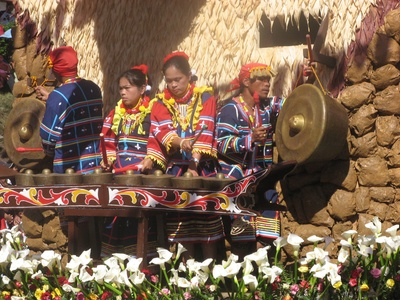
Matigsalug
The language of a Manobo subgroup in Bukidnon and Davao. Its speakers are known as “river people,” and their language is deeply connected to the waterways that define their ancestral territory.
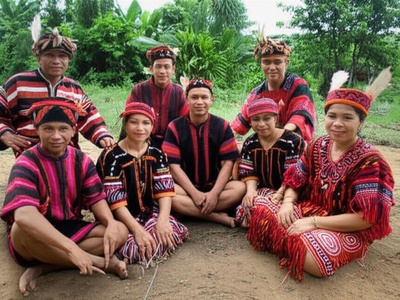
Sarangani Manobo
The language of the Manobo people in Sarangani province. It is the vessel for their local stories, traditional laws (adat), and the spiritual beliefs that guide their community.
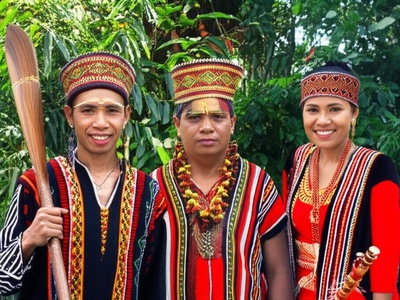
Tagakaulo
Spoken in Davao del Sur and Sarangani. The name means “people from the headwaters,” and their language reflects a life lived in the mountainous interiors of Mindanao.
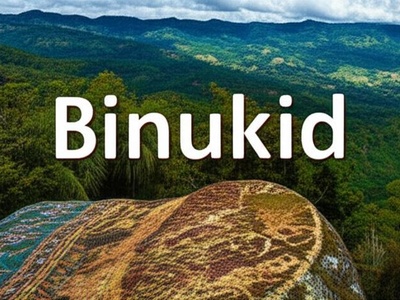
Binukid
The language of the Bukidnon people of the Bukidnon plateau. It is the primary language for the Talaandig people, who are renowned for their traditional soil painting and epic chanting.
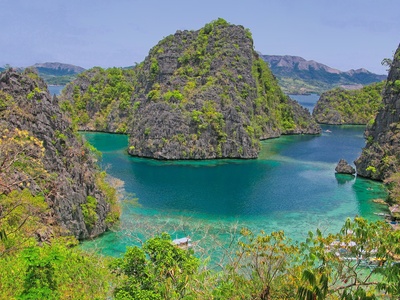
Calamian Tagbanwa
A distinct language from the Tagbanwa of mainland Palawan. Spoken in the Calamian group of islands, it is a key part of the cultural heritage of this unique island people.

Inabaknon
A unique Sama-Bajaw language spoken on Capul Island. Unlike other Philippine languages, its grammar is more akin to languages in Indonesia, a linguistic mystery and treasure.
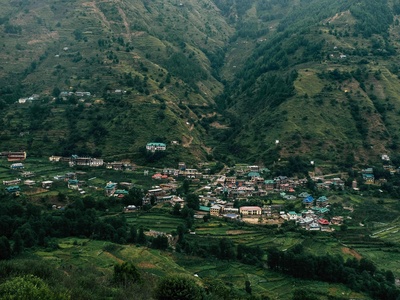
Isinai
A language spoken in just a few towns in Nueva Vizcaya. It is highly endangered, and its loss would mean the disappearance of a unique part of the Cordilleran linguistic family.
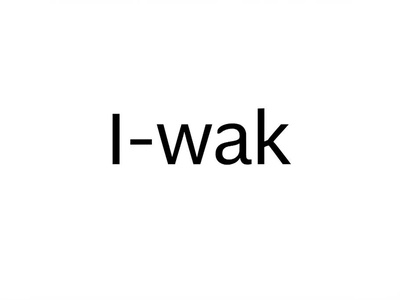
I-wak
The language of the I-wak people, who are traditionally taro cultivators. Their language is severely threatened as the community increasingly shifts to Ilocano and Tagalog.
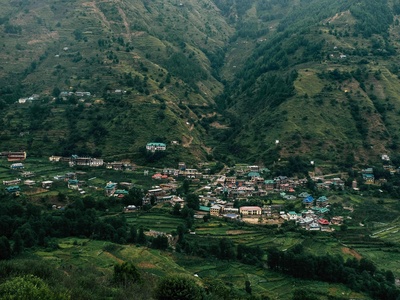
Kallahan, Keley-i
A language of the Kalanguya or Ikalahan people in the Cordillera and Caraballo mountains. It is the language of a people known for their forest conservation practices and sweet potato cultivation.

Paranan
Spoken by a coastal people in Palanan, Isabela. The language developed in relative isolation, resulting in a unique vocabulary that sets it apart from its neighbors.
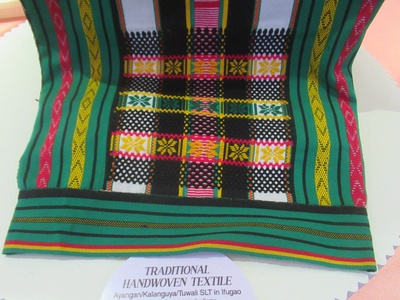
Tuwali
One of the major languages in Ifugao, often considered a dialect of Ifugao. It is the language used in the tourism center of Banaue and is vital to local commerce and cultural transmission.

Yogad
The language of Echague, Isabela. It is known for its unique ‘z’, ‘f’, and ‘v’ sounds, which are uncommon in many other Philippine languages, making it phonetically distinct.
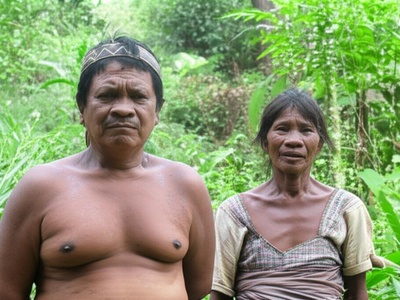
Atta, Pamplona
A Negrito language of Cagayan province. It is severely endangered, with its few remaining speakers holding the last vestiges of the culture and forest knowledge embedded within it.
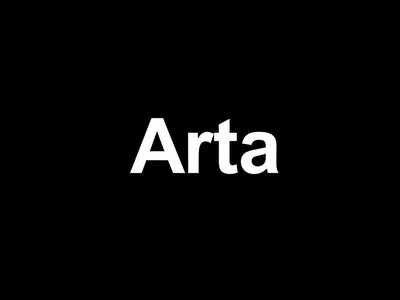
Arta
One of the most critically endangered languages in the world, spoken by a handful of families. Linguists are working to document Arta before it disappears, representing an almost-lost piece of Philippine heritage.
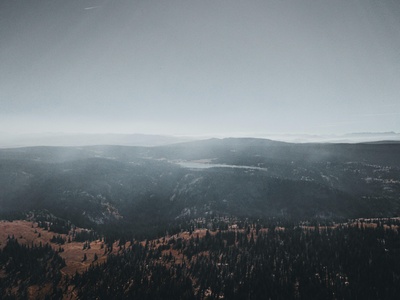
Dupaningan Agta
The language of a semi-nomadic Agta group in Northern Luzon. It contains a rich vocabulary related to hunting, gathering, and the forest environment that has sustained them for generations.
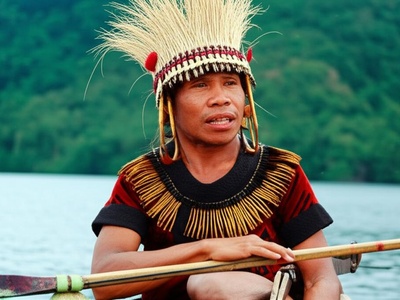
Casiguran Dumagat Agta
A language of the Agta people in Aurora province. It is threatened by the encroachment of lowland languages, and its preservation is key to the survival of the Dumagat Agta’s cultural identity.
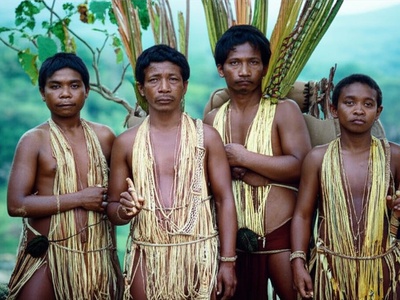
Umiray Dumaget Agta
Spoken by an Agta group in Quezon and Aurora. Their language is a testament to their resilience and adaptation, holding the knowledge of the Sierra Madre mountains and coastlines.

Bolinao
Spoken in the towns of Bolinao and Anda in Pangasinan. It is more closely related to Sambal languages than to Pangasinan, reflecting a different migration history and cultural identity.
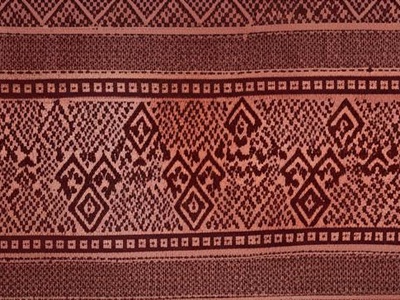
Bantoanon
Also known as Asi, this is the language of Banton Island, Romblon. It is considered the oldest language in the province and is famous for being the language of the ‘Banton cloth,’ the oldest existing textile in the Philippines.

Capiznon
The language of Capiz province, Panay Island. While closely related to Hiligaynon, it has a distinct accent and vocabulary that gives it a unique local flavor and strong sense of identity.
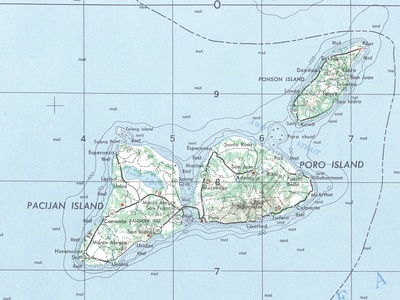
Porohanon
A unique Visayan language spoken on the Camotes Islands. It shows influences from Cebuano, Waray, and Masbatenyo, and is famous for its unique pronoun system that distinguishes it from all its neighbors.

Sorsoganon, Southern
Also known as Gubatnon, this language is part of the Bikol macrolanguage group but is also classified as a Visayan language. It represents the linguistic transition zone between the two major language groups.
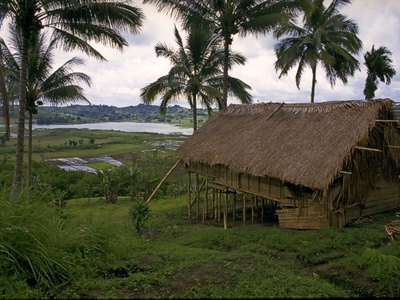
Tboli
The language of the T’boli people, also known as the dreamweavers of Lake Sebu. Their language is rich in terms related to their intricate T’nalak weaving, traditional music, and deep spirituality.
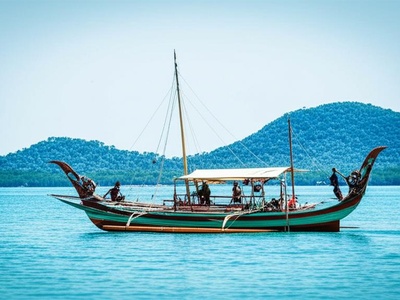
Iranun
Spoken by the Iranun people in parts of Maguindanao and Lanao. The Iranun were historically a formidable maritime power, and their language reflects this proud heritage of seafaring and trade.

Kagayanen
The language of the Cagayancillo islands in the Sulu Sea. It is a unique language that has been isolated for centuries, resulting in distinct linguistic features not found in mainland Palawan.
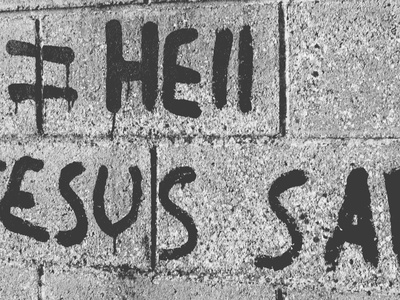
Sangil
The language of the Sangil people in Sarangani and Davao del Sur. It is a sister language to Sangir, connecting its speakers to a history of migration from the Sangihe Islands in Indonesia.
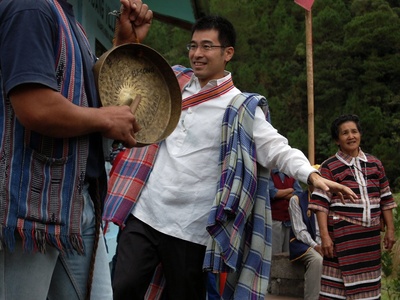
Kalanguya
Spoken by the Ikalahan people across several provinces in the Cordilleras. The language is integral to their indigenous forest management systems and rich oral traditions.
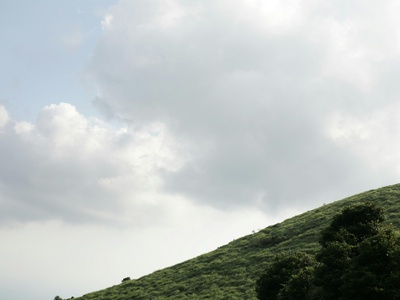
Ga’dang
A language spoken in and around Paracelis, Mountain Province. It is distinct from the more widespread Gaddang language and is a vital part of the local identity of its speakers.
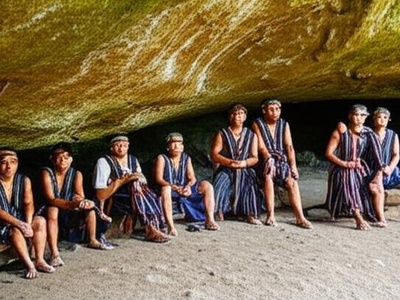
Tau’t Bato
The language of the “people of the rock,” who traditionally live in caves in southern Palawan during the rainy season. Their language and unique lifestyle are severely threatened by external pressures.

